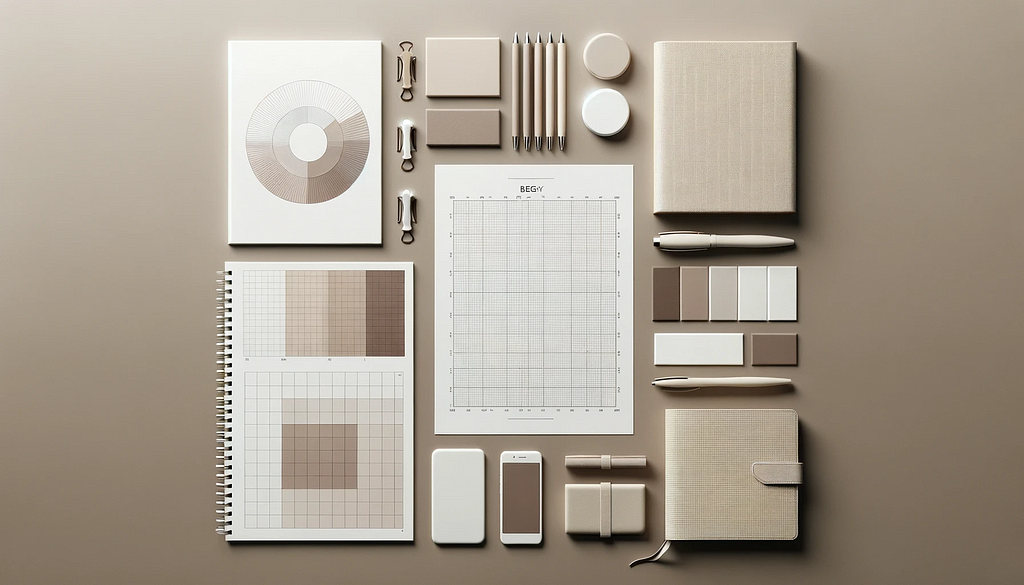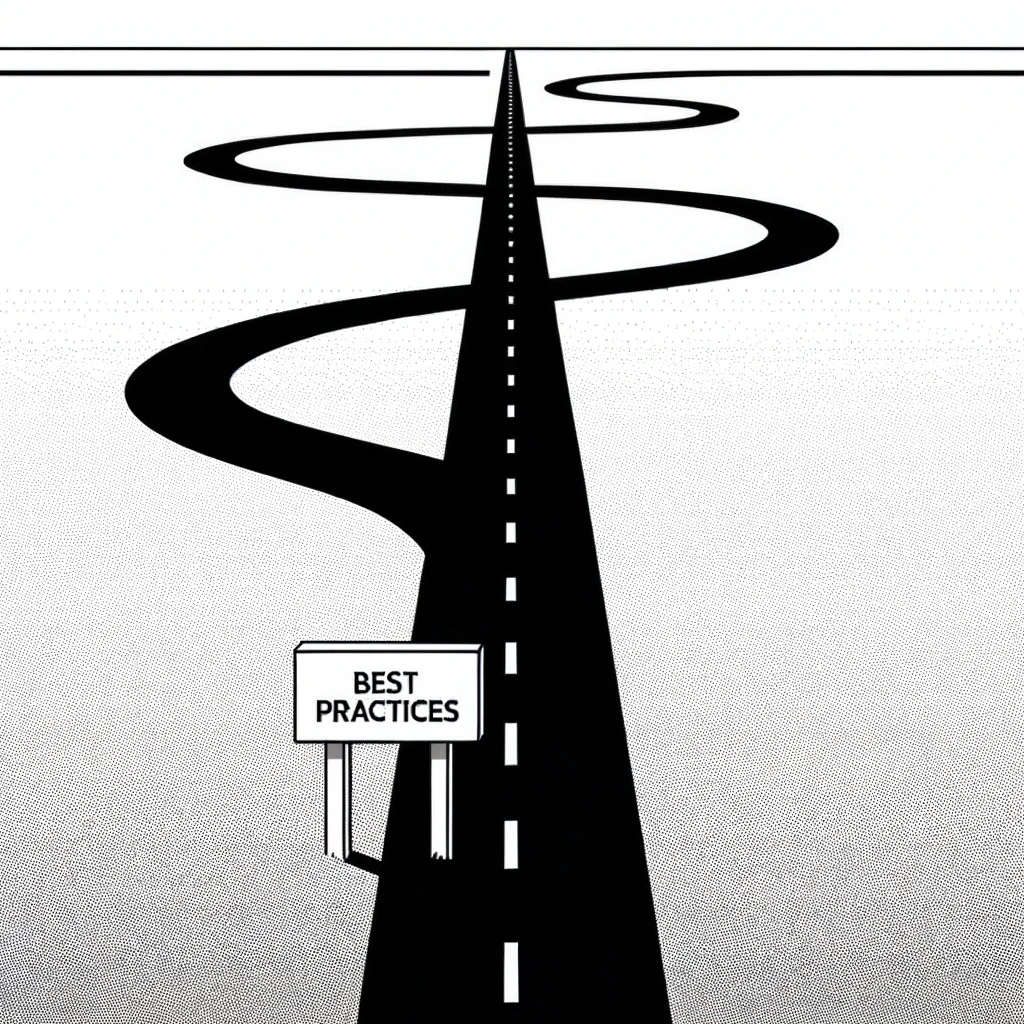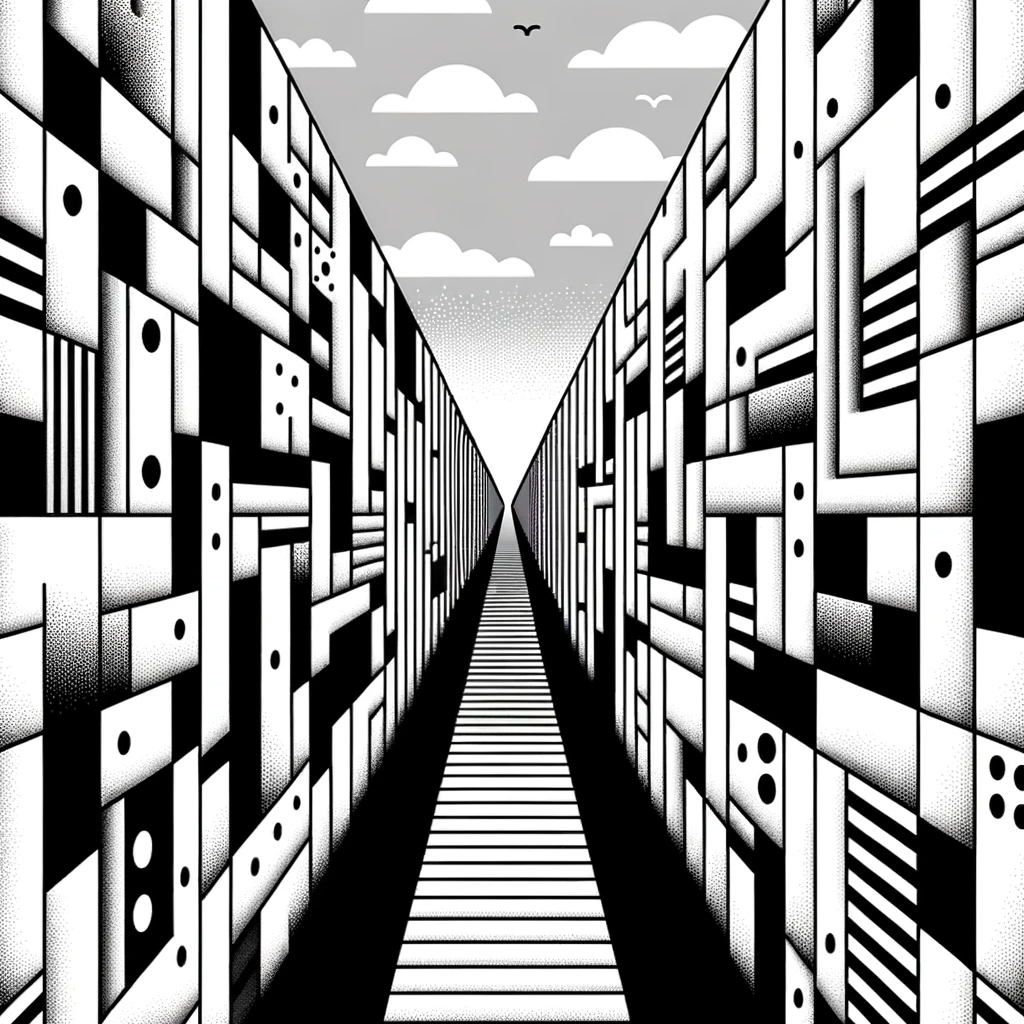
Entering the world of product and UX design can be an exhilarating experience, filled with opportunities for creativity and innovation. However, as you embark on your design journey you will get to work with so many different dynamics in terms of team sizes, company sizes and roles , you may encounter a dilemma between a systematic approach and the freedom to explore and unleash your creative potential due to direct and indirect constraints. You will find yourself deviating and coming up with something new yet feel a little confined by time, processes and deliverables.
With me I got to journey through a variety of dynamics and different experiences, which had an effect on my learnings as well as my career. To this day, I feel a little challenging to balance between my creative endeavors and when I feel like disciplining myself in terms of my approach.
I believe a systematic approach to product design can sometimes disrupt the creative and innovative aspects of the process, particularly in the context of small startups before this, let’s discuss if creativity is really needed or not. Sometimes, we rely on our past experiences or use similar user flows to make things easier. This can speed up our learning, but it also means we might try existing solutions and don’t try discovering problems that have no solutions yet in redundant user flows.
What if we don’t have both creativity and the knowledge we already have and a small group of people decides everything without different viewpoints, which can be a problem. We’ll talk about why finding the right balance is important because too much of anything isn’t good. We’ll also explore ways to keep a balance between logical and creative aspects. But first, let’s see what happens when one of them is too much.
What if you prioritize systematic approach instead of creative

Conformity and Lack of Risk-taking
I acknowledge the fact that due limited funding and expense account, startups cannot go in the direction of experimentation with ideas but at the same time with the saturation of similar ideas, innovation is an essential need of product to have unique selling propositions or else product will end up on the market, full of redundancies.
When we stick to tried-and-true methods, we usually focus on being efficient and following well-known design rules. But this new push for playing it safe can hold designers back from daring to be different. True innovation comes from the courage to question the norm and venture into uncharted territory, something that’s hard to do when you’re boxed in by strict guidelines.
Excessively relying on so-called best practices
In the early stages of growth for small products, it’s common to rely on established practices without thoroughly assessing their suitability for the current situation. We often establish rigid processes and problem-solving methods based on what appears to be ‘best practices,’ but paradoxically, these can impede performance and efficiency.
This issue isn’t limited to growing startups; even in situations where resources are constrained, such as downsizing startups, I’ve personally experienced a shift towards excessive documentation to reduce communication complexities and streamlined deliverables to replace redundant roles. While it can be essential for effective communication, knowledge sharing and automation, an excessive focus on it can lead to a shift in priorities from creative exploration to automations and documentation.
Limited Time for Iteration
You know you have a deadline, you have to roll out something, it is the same for all the companies. It is a good practice to roll out and gather feedback and then iterate but we tend to get lost somewhere in between gathering feedback for existing features and working on new features with limited capacities. With no room for new iterations, we do end up limiting the time itself for iteration. So with fixed timelines and deliverables, leaving little room for extensive iteration and refinement. Iterative design, which involves multiple rounds of prototyping and user feedback, is crucial for uncovering solutions that are based on needs.
Timed Discovery Phases
Creativity often emerges through discoveries and unexpected connections. A strict systematic approach can limit chances of fortunate coincidences by narrowing the design process to predefined steps and predetermined outcomes. Those incubation phases, where breakthrough ideas may arise from breaking free from pre-defined, may be missed or overlooked due to a highly structured approach.
Underestimating User Needs
Systematic approaches may rely heavily on predefined user personas and assumptions, which can hinder a deeper understanding of user needs and aspirations. This can limit the creative potential of designers to generate novel solutions that truly resonate with users. Emphasizing systematic processes over genuine user empathy may result in incremental improvements rather than disruptive innovations.
Diminished Collaboration and Cross-Pollination
Creative sparks often fly when people work together, sharing different viewpoints and mixing ideas. But sticking too closely to a set plan can end up putting designers in their own little bubbles, cutting off the flow of fresh thoughts. When the focus is all about following the rules and ticking boxes, it can make designers think twice about joining group brainstorming or looking for inspiration beyond their immediate tasks.
and if you’re leaning too heavily into creativity and innovation.

Usability Issues
Sometimes, when creativity goes into overdrive, the focus shifts more towards making things look pretty or unique, rather than easy to use. This can leave users scratching their heads, trying to figure out how to navigate the product, and ultimately feeling frustrated. Take a super inventive navigation menu, for instance. It might be a feast for the eyes, but it could leave users lost and struggling to find what they’re looking for.
High Development Costs
Going all out on creativity in design isn’t just a challenge for the imagination; it can also be a real headache when it comes to the technical side of things. Custom-built features and intricate engineering can really add up, both in terms of time and money. For example, if you’re aiming for a super interactive and modern user interface, be prepared to invest a lot of development effort and time into it.
Risk of Misalignment
If creativity is not grounded in a deep understanding of user needs and business goals, it can lead to solutions that are out of sync with the intended audience or market. A lack of alignment can result in a product that doesn’t effectively address user pain points or meet business objectives. An example would be a feature that is creatively designed but doesn’t align with what users actually want or need.
Lack of Scalability
Creative solutions may not scale well as a product evolves and grows. These solutions can become difficult to maintain or adapt to changing user requirements over time. For instance, a highly customized, creatively designed feature may struggle to accommodate new functionality as the product expands.
Limited Adoption
Sometimes, when designs get too creative and stray too far from what people are used to, it can actually turn users off. This can slow down how quickly people start using a new product and make them less happy with it overall. For example, if you totally revamp a user interface and it doesn’t look or feel like what people are used to, you’re asking for trouble. Users may find it hard to adjust, which isn’t great for anyone involved.
What if you aren’t creative enough or systematic and are driven by limited group of people.
A situation where decisions are based on undiverse perspectives.
it can also lead to multiple problems which include
Groupthink
When decisions are made by a limited group of people without diverse perspectives, it can lead to groupthink. It occurs when everyone in the group tends to agree without critically evaluating ideas. This can result in missed opportunities for creativity and innovation as dissenting voices are suppressed. As in, a lack of diverse input might lead to a product design that fails to consider alternative viewpoints and creative solutions.
Unintentional Bias
When we only look at things from a narrow viewpoint, we risk missing out on what a wide range of users actually need and want. This can lead to design choices that unintentionally favor some people while leaving others out in the cold. As in, imagine a product that’s tailored just for one particular group of people, but doesn’t really work for anyone else.
Missed Opportunities
When you bring different viewpoints into the mix, you’re opening the door to a whole bunch of fresh ideas and ways to solve problems. If you don’t, you could be leaving some really great insights and creative twists on the table. It can be if you don’t get feedback from users with disabilities, you might end up with a product that’s not as welcoming and easy to use as it could be.
Understanding the situation
It is a Tug-of-War between Logic and Creativity:
It is true that a systematic approach to product design emphasizes structure, order, and predictability. This approach ensures that the design process is well-documented, time-bound, and focused on delivering specific outcomes. However, this can inadvertently limit the room for creativity and free exploration that is often essential for innovation. So have a little open end in your process whereas you can expand, explore or in the worst case scenario, waste your time playing with the feature you are working on. The second solution is to come up with a step in your process to reflect on your phases throughout, this will allow you to evaluate if you did rush through anything or not.
The Startup Dilemma
Startups often operate under tight resource constraints, requiring them to take an agile approach and quickly adapt to changing market needs. In such environments, the pressure to deliver tangible results can overshadow the importance of creativity despite its need due to overgrowing saturation of solutions. The discipline imposed by a systematic approach, while necessary for efficiency and consistency, may seem counterintuitive to the chaotic and dynamic nature of startups.
Finding the right balance and equilibrium
To overcome the potential drawbacks of a purely either of the approaches, It is crucial to strike a balance between logic and creativity.

Some strategies for achieving this equilibrium:
Flexible Frameworks
Adopt a flexible framework that allows for iterative design and encourages experimentation. This enables the design team to explore creative solutions while maintaining a systematic structure. You can always add or remove different steps based on your need. Evaluating and improving is the key here. It is the same as iterating the product you are contributing to. I have rarely used the same process every time I have worked with a new project or product.
Design Sprints
Consider incorporating design sprints into your workflow. Design sprints provide dedicated time for divergent thinking and ideation, followed by convergent decision-making. This time-boxed approach combines both systematic and creative elements, promoting innovative problem-solving.
Collaboration and Cross-Pollination
Make sure to get everyone on the team talking and sharing ideas, not just with each other but also with folks in other areas. The more different viewpoints you bring into the mix, the better. Create a space where everyone feels free to think outside the box and get creative.
User-Centricity
Don’t forget, the whole point of designing a product is to make something people actually want and need. So, keep talking to your users and listening to what they have to say. That way, all that creative energy you’ve got goes into solving real-world problems in a way that hits the mark. UX starts with users and it delivers for users as well.
Continuous Learning
Staying on top of what’s new in product and UX design is a must. So, make it a point to keep learning — whether it’s hitting up workshops, going to conferences, or just hanging out with other designers online. It’s all about keeping those creative gears turning.
To Conclude..
At the end of the day, it’s all about finding that sweet spot between having a solid plan and letting your creativity run wild. This is super important, especially if you’re in the startup world or working on something brand new. So, go ahead and mix things up — use flexible plans, try out design sprints, work together, and always keep the user in mind. That’s how you’ll come up with designs that not only look great but also really connect with people. The secret sauce? It’s blending the structured and the imaginative to make your design journey a winning one.
Balancing Systematic and Creative Aspect in Product Design: Startup Challenges was originally published in UX Planet on Medium, where people are continuing the conversation by highlighting and responding to this story.